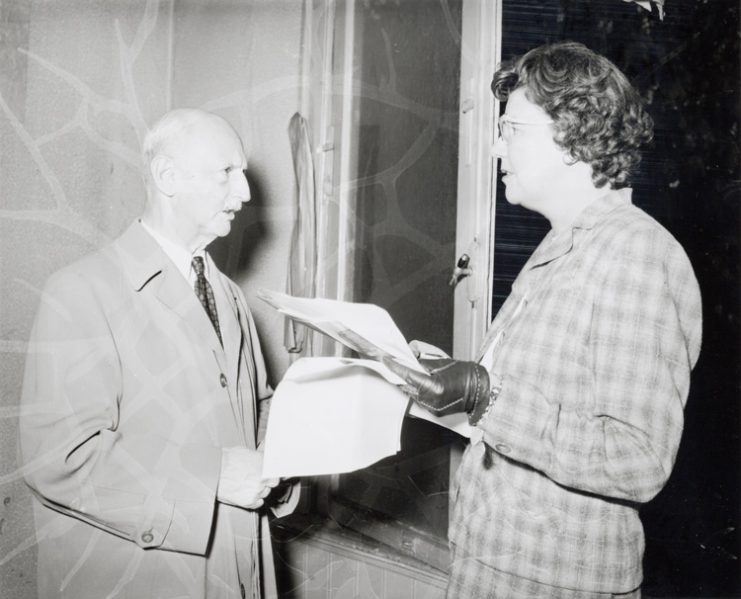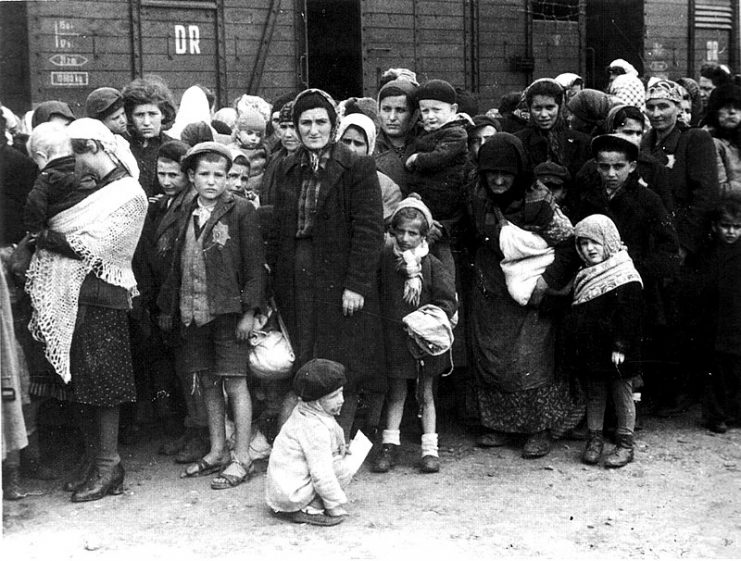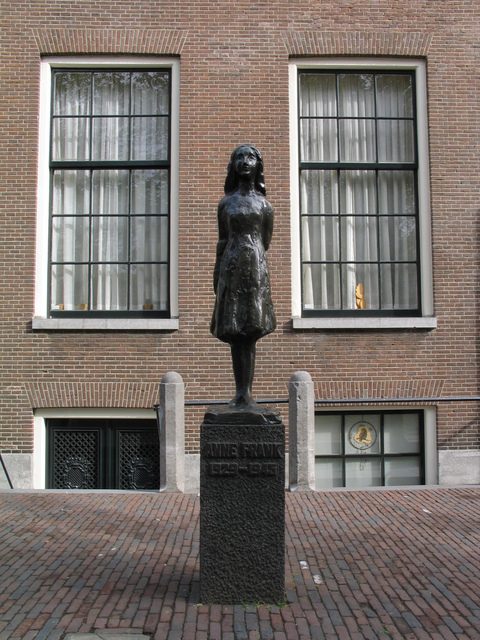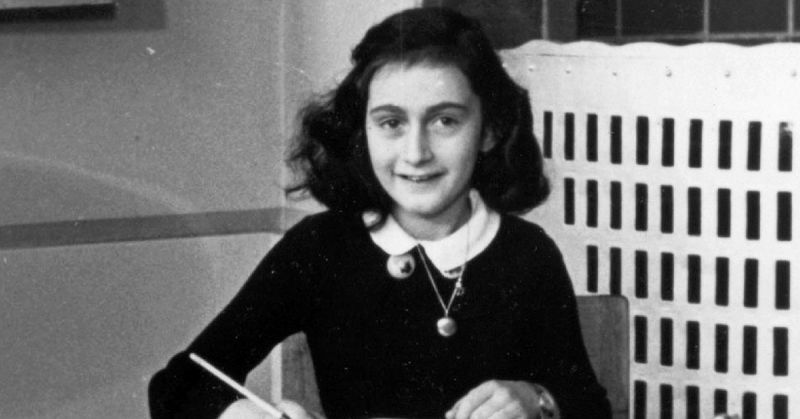There is almost no one alive, even today, who does not know the story of Anne Frank, the young girl whose life came to a tragic end in a Nazi concentration camp. Her story, told in her own words, was originally called The Diary of a Young Girl but is often referred to as The Diary of Anne Frank. It has also been made into a play and film.
The woman who made the publication of Anne’s diary possible is Miep Gies. She helped hide Otto Frank and his family in a small attic in Holland. Gies, who passed away in 2010, is largely responsible for Anne’s story rising to public consciousness. After the family’s capture, she seized Anne’s diary from its hiding place.
Her intention at the time was to return the diary to Anne after the war, once the young girl was free. It did not, of course, turn out that way as the only Frank family member to survive the concentration camp was Anne’s father, Otto.

When she was still in her native Austria, Gies, born Hermine Santruschitz, had a girlhood that was far from idyllic. Her native country was still dealing with chronic food shortages as a result of the First World War; hence, in 1920, she went to live in Holland, with another family, at just 11 years old.
Life for her in Holland was good; as a typical young girl, she enjoyed spending time with friends, getting to know her new town and excelling at school.
Gies ultimately went to work for Opekta in 1933, a jam making factory in Holland, where she met her future husband, Jan Gies. When she refused to join the Nazi party, she was threatened with deportation to her native Vienna. She decided to marry Jan immediately and thereby gained permanent Dutch citizenship.

Her boss at Opekta, with whom she developed a strong rapport, was Otto Frank. Consequently, she got to know Otto and his whole family very well.
The Franks had left Germany in the hope of avoiding becoming targets of the anti-Semitic regime. However, when Germany invaded the Netherlands in May 1940, they fell prey to the same policies and restrictions they had faced at home.
Gies and three other workers helped hide the Franks above their offices. She went about her work, careful to not draw attention to the fugitives just above their heads. Furthermore, she and her husband, Jan, hid an anti-Nazi student in their own apartment and helped many others cope with or flee from life in Nazi-occupied Holland.
Gies became something of an expert at avoiding detection and not tipping off the Nazis who surrounded her. How does one feed a growing number of fugitives hidden in walls and attics?
By shopping at several grocery stores and being careful to never attract attention by buying too much. The black market helped; Gies developed those contacts slowly and carefully and was able to subsidize her purchases through them.

Her heroic efforts, alas, ultimately did not prove enough. On August 4, 1944, the Germans raided the Opekta offices and discovered the Frank family. Gies quickly searched the quarters where the Franks had been and found the diary.
Had she read it then, she would have realized that Anne wrote about her, her husband, and all their sympathizers, thereby putting them in jeopardy. However she merely tucked the pages away in her desk drawer and, amazingly, they were not discovered.
After the war, she returned them to Anne’s father, Otto. He went on to ensure their publication and that Anne’s story would become public knowledge. It was published in 1947. Anne Frank’s diary has become one of the most powerful memoirs of the Holocaust, it has sold over 30 million copies and been translated into 70 languages.

Read another story from us: The WW2 Concentration Camp Where Anne Frank Died: Bergen-Belsen
Gies penned her own book in 1987, Anne Frank Remembered: The Story of the Woman Who Helped Hide the Frank Family. Just before she died, at 100, she insisted that she was the lucky one: “Its fair to say…being fortunate seems to be the ‘red thread’ running through my life.” Clearly, Gies was a modest woman who did heroic things but attempted to deflect the honors she so richly deserved.
